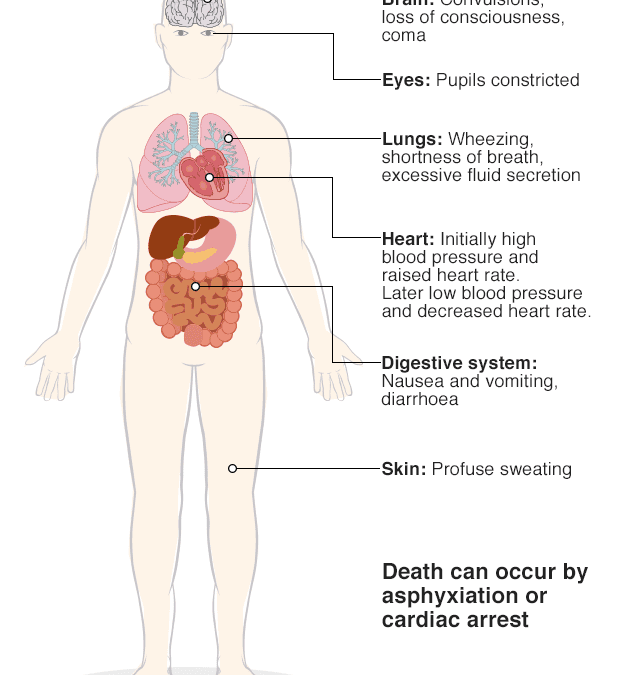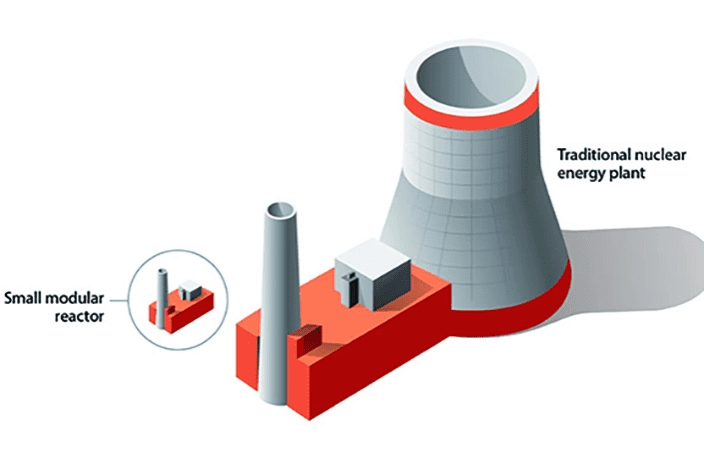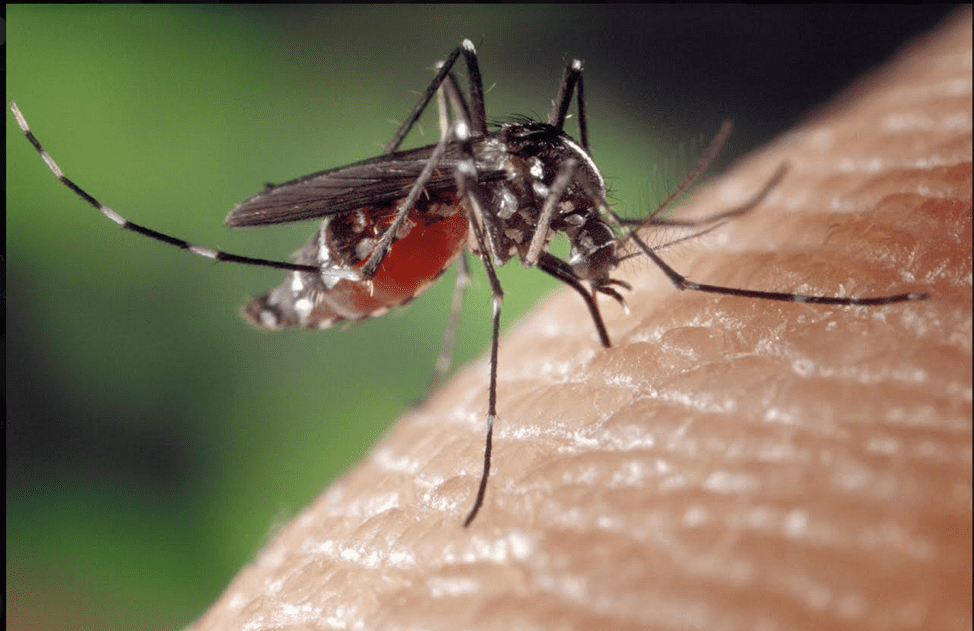You’re out protesting for a cause that’s near-and-dear to your heart. You’re used to getting jostled around in the crowd, but this time things are getting out of hand. What began as an afternoon of impassioned speeches interspersed with emphatic chants has devolved into yelling, chaos, and panic. Suddenly, you’re drooling and your muscles are gripped tighter than ever before, paralyzing you. Everything goes out of focus as your pupils constrict. Trying desperately to breathe, you tumble to the ground and succumb to seizures. You’re terrified. Is this the end?
Sounds like you and your fellow protesters have just been bludgeoned with a burst of nerve gas. Unless you get immediate medical attention, and I do mean immediate, your chances of living are slim to none.
Nerve gases were first invented in a German laboratory in 1936 while the researchers were attempting to make a pesticide. Upon spilling a tiny drop on their skin, researchers became dizzy and nauseated with extreme shortness of breath. It took them three weeks to recover. Because of local laws at the time, this technology became classified and was most unfortunately turned over to the Nazis.
The Nazis weren’t the only people who had access to deadly nerve gases though. The most widespread use of chemical warfare came during the Iraq-Iran War (1980-1988), when it is believed that Iraqi troops used mustard gas as well as nerve agents against Iranian troops, Kurds, and the local civilians in the Halabja village. In 1995, sarin gas, a nerve agent, was released in Tokyo’s subways system by an extreme religious group. In 2017, another nerve agent, VX, was used to assassinate Kim Jong-un’s half-brother. As recently as this year, another nerve agent known as Novichok was used against a Russian spy and his daughter while they visited a pub in London.
Nerve agents are swift and deadly. Without immediate medical attention, chances of survival for exposure victims are dismal.
Should you be lucky enough to receive quick attention, though, you’ll have to decipher which type of nerve agent is attacking your nervous system in order to select the right antidote. Nerve agents come in two classes: G and V. G class nerve agents are highly volatile, meaning that they can travel as a liquid, but readily turn into a gas. Importantly, G class nerve agents bind to your receptors reversibly, which means that you can get rid of them. Examples of G class nerve gases include tabun, sarin, soman, and cyclosarin.
Scientifically speaking, they all work in basically the same way. They all attack the neuromuscular junction, which is a special synapse where neurons meet up with and send signals to muscle tissue. It’s part of the peripheral nervous system. At this synapse, neurons send a molecule called acetylcholine to bind to receptors on the muscle tissue, causing the muscle to contract. In order to relax the muscle again, the acetylcholine must be removed from the receptor and degraded by a molecule called acetylcholinesterase. Problematically, G class nerve agents bind acetylcholinesterase and prevent it from degrading acetylcholine. The result is that acetylcholine builds up in the synapse and stays bound to its receptor on the muscle tissue, thereby keeping the muscle contracted. In this way, G class nerve agents cause paralysis by permanently contracting your muscles. This is especially disastrous for cardiac muscle and can cause death within minutes.
Thanks to science, some antidotes have been developed and can save people who are unlucky enough to have been blasted with G class nerve agents. The two most popular antidote drugs are called atropine and biperiden, and they work by blocking the receptors that acetylcholine binds. The key piece of information is that atropine and acetylcholine are in competition for the same receptor. When the neuromuscular junction is flooded with atropine, it pushes acetylcholine away, allowing the muscle to relax. Atropine and similar anticholinergic drugs work by balancing our muscle relaxation with the overload of muscle contraction caused by exposure to nerve gases. But be forewarned: you must titrate the balance carefully. A dose of anticholinergic drugs that is too strong will prevent any muscles from contracting – including cardiac muscle – and that can also cause your swift demise.
A safer treatment option is called Pralidoxime Chloride. This option is safer because it reactivates acetylcholinesterase instead of competing for receptors and relaxing muscle tissue on its own. By reactivating acetylcholinesterase – which is naturally present in the body at appropriate levels – it can once again remove acetylcholine from its receptors in a more natural manner.
If the G class nerve agents sound bad to you, then wait until you hear about the V class. V class nerve gases also attack the neuromuscular junction by binding acetylcholinesterase, but unlike the G class agents, those belonging to the V class bind permanently. This means that you’re almost certainly a goner. Your only real hope at this point is to get to a hospital within minutes so that they can set you up on life support until your body generates new acetylcholine receptors and recycles the old ones, which takes about a week. For this to work quickly enough though, you basically have to already be inside the hospital and at the front of the line.
Interestingly, the first V class nerve agent was discovered in the 1950s in the UK, and it was also recognized as a pesticide. In fact, this highly toxic gas was sold commercially as a product called Amiton. Not surprisingly, it was quickly removed from shelves because people realized it was better suited for use as a cruel and deadly ambush tactic during a war than for eliminating pests.
When you think about nerve gas, you probably feel terrible for the exposure victims, but their impact on the environment is equally disastrous. Prepare to widen your eyes in horror.
The United States alone has dumped 32,000 tons of nerve gas and mustard gas into the ocean (Operation CHASE). The practice wasn’t outlawed until 1972. There has not been much research on the effects this dumping has on marine life. The one source of hope here is that many nerve agents are soluble in water and may undergo a chemical reaction that transforms them into a less harmful substance upon impact. Then again, they might not. We have to do the research to get answers.
The bottom line is that nerve agents are a brutal weapon. Although they have been used rarely throughout history, they’ve been used enough to teach us that exposure almost always leads to a terrifying and miserable death. If you want to join efforts against the use of these types of chemical weapons, here are some options:
- Join a laboratory that researches antidotes.
- Write to your congresspeople when you hear about nerve agents being used somewhere in the world.
- Become an activist and promote peaceful solutions in lieu of chemical warfare.
- Educate others on the dangers of nerve gases and how they work.
- Volunteer to help exposure victims or raise funds for their hospital bills.
Fun Fact: Acetylcholine receptors in the neuromuscular junction are also susceptible to attack by botulism toxin, tetanus toxin, and some snake venoms.
-
Dana Simmons is a Co-Editor-in-Chief of Science Unsealed and holds a Ph.D. in neurobiology from the University of Chicago. She is an active participant in the global SciArt community, and her innovative neuron art has been exhibited around the world. Dana is a medical writer for a Chicago agency that serves pharmaceutical and biotechnology companies. SciArt website: www.dana-simmons.com Twitter: @dhsimmons1
View all posts









